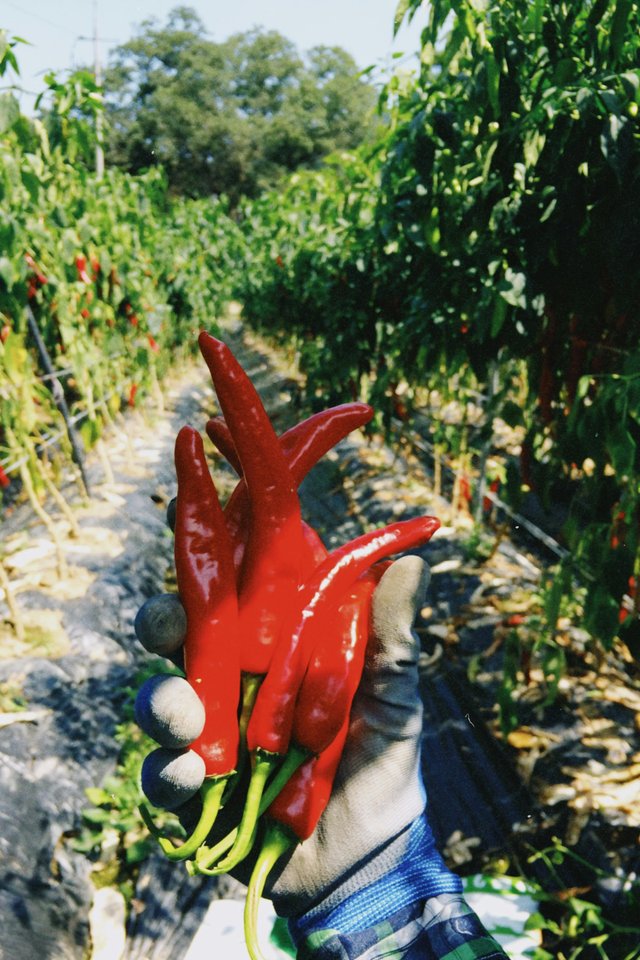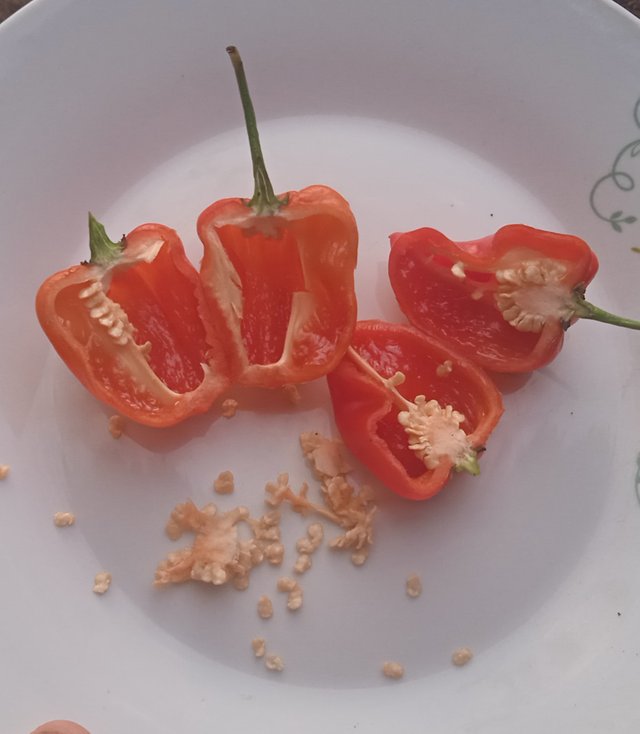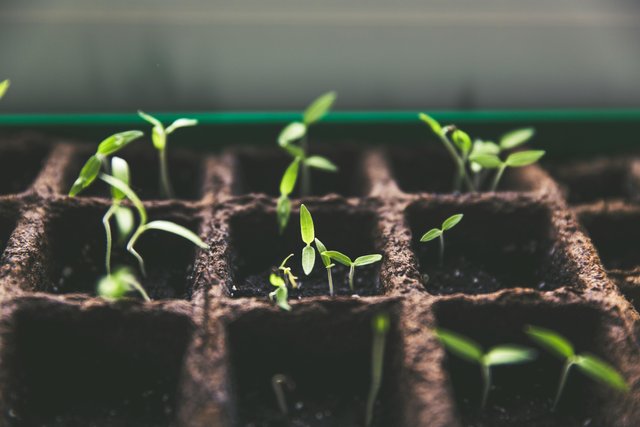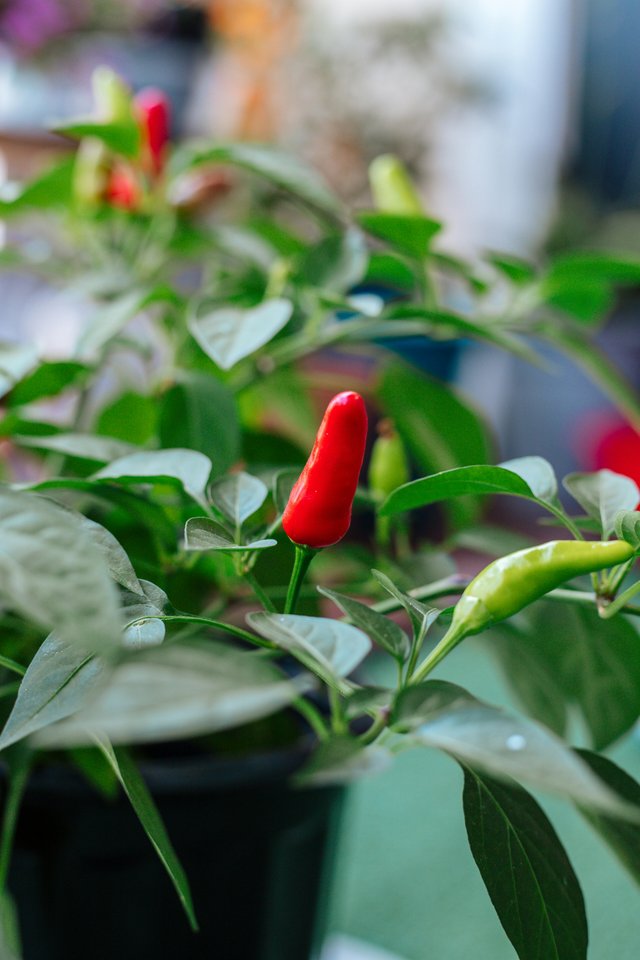Interactive Guide to Chili Growing
Hi, how are you doing? Today I'm bringing you this very interesting topic so you can learn how chili peppers are grown. This crop is known in many countries, so I've decided to write about it here. I hope you like my guide on chili growing.
Well, first of all, chili growing requires a lot of knowledge and patience to achieve good results. The first steps are:
Seed Selection and Preparation
This task begins by selecting the best chili peppers, the largest and reddest, as these contain the greatest number of seeds. Once the peppers are selected, all the seeds are removed and left to dry in the sun in a cool, airy place. Interestingly, soaking them for 24 hours before planting will accelerate germination. It's certainly a laborious process, but it's definitely worth it.
The next step is preparing the soil. The soil should be lumpy, meaning it should be loose and aerated to allow proper water drainage and promote the development of the pepper roots.
A very important step in this process is the germination and initial growth of the peppers. This begins by sowing the seeds in areas of soil previously prepared with fertile soil and compost to enhance their development. Germination is somewhat lengthy, taking between 7 and 14 days to complete. After this initial stage, you must wait approximately one to one and a half months for the seedlings to reach a height of 15 to 20 cm, at which point they will be ready for final planting.
After this time, the pepper crop is planted at a considerable distance, since once they grow, the separation between plants can be reduced. To avoid this problem, they should be approximately 35 to 40 centimeters apart.
After planting, more compost can be added to improve their growth and productivity. It's also advisable to cut off any withered stems and leaves that are no longer useful, as well as monitor their health to prevent pests, i.e., insects that could harm the fruit.
After all this, the growth and flowering process begins. The first chili peppers begin to appear, and the estimated time for them to be ready is three months.
Some ripening indicators include the color of the fruit: red, yellow, dark green, and other lighter shades.
Finally, we come to the most anticipated part: the harvest. This is done in large containers, cutting the stems with scissors or even by hand.
In conclusion, this is an incredible crop that I have had the privilege of growing. It's no lie; I have actually grown it, and it has brought me many benefits. I can say that it tastes delicious in food. I wish the best of luck to those who try to grow it.
With these words, I conclude this chili pepper growing guide, but it's worth mentioning that, as I always say, it's wonderful to watch these fruits grow. And, as always, I'm leaving my Telegram link for anyone who wants to support me with ideas. Thank you so much for reading my post.
@geantech




Welcome to Steem-Agro! Here is your assessment:
MOD's Comment/Recommendation:
Add #steemexclusive and #country like #pakistan to your tag list. Please visit the newcomer community for full guidance. Add a proper image citation. The source must be mentioned if you get data or an image from another platform or website.
Note: We also suggest, if you are new to the platform, that you read the 3 newly pinned posts in the Newcomers' Community which contain many guides and tips to help you get set up quickly and don't forget to share your content on other social networks like X.com to help promote the platform.
Remember to engage with other users by making valuable comments. This will increase your chance of receiving rewards and attention.
Remember to always share your post on Twitter using these 3 main tags: #steem #steemit $steem
Thank you very much for your recommendations. I will take them into account when improving my posts and interactions on the platform. I find the suggestion about tags and the importance of sharing content on social media very useful. I will consider all of this when publishing new posts. I truly appreciate the support.
Hi, @geantech,
Thank you for your contribution. Your post has been manually curated.
- Delegate to @ecosynthesizer and vote @symbionts as a witness to support us.
- Explore Steem using our Steem Blockchain Explorer
- Easily create accounts on Steem using JoinSteem